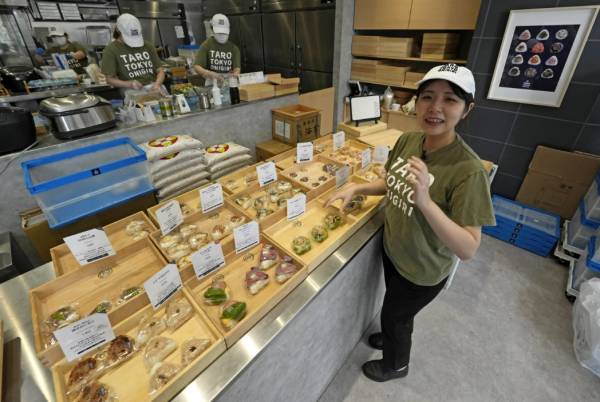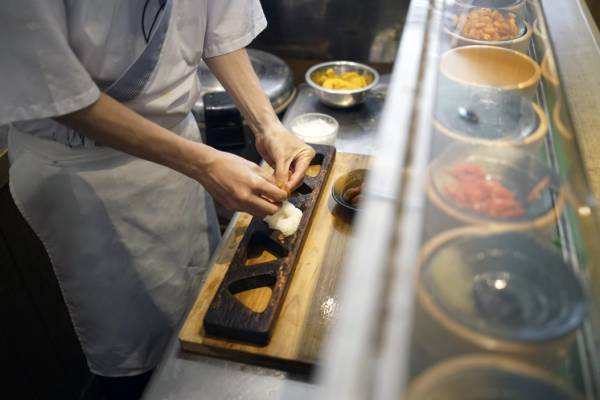loading…
Onigiri is a unique Japanese food. Photo/AP
The rice balls are filled with various fillings and are usually wrapped in seaweed. It is an everyday dish that symbolizes “washoku” — traditional Japanese cuisine that was designated a UNESCO Intangible Cultural Heritage a decade ago.
6 Unique Facts about Onigiri, from Soul Food to a Symbol of Thank You
1. Soul Food

Photo/AP
“Onigiri is fast food, slow food and soul food,” said Yusuke Nakamura, chairman of the Onigiri Society, a trade group in Tokyo, as reported by the AP.
Fast because you can find it even in convenience stores. It’s slow because it uses materials from the sea and mountains, he said. And soul food because it is often made and consumed with family and friends. No tools required, just cup your hands gently.
“It’s also mobile, the food moves around,” he said.
2. Gifts for Gratitude

Photo/AP
Onigiri in its earliest form is believed to date to the early 11th century; it is mentioned in “The Tale of Genji” by Murasaki Shikibu. It appears in Akira Kurosawa’s 1954 classic film “Seven Samurai” as the ultimate gift of gratitude from the farmers.
3. Sticky Rice

Photo/AP
The sticky characteristic of Japanese rice is key.
What is placed inside is called “gu,” or filling. A perennial favorite is umeboshi, or salted plums. Or maybe mentaiko, which is hot and spicy chicken eggs. But in principle, anything can be put into onigiri, even sausage or cheese.
Then the ball is wrapped in seaweed. Even one large, delicious onigiri can be a meal, although many people will eat more.
4. Popularized by Yosuke Miura

Photo/AP






